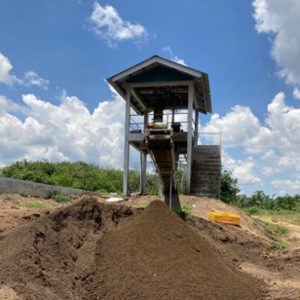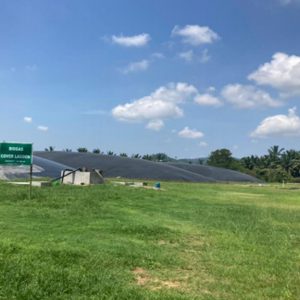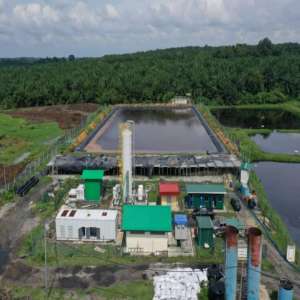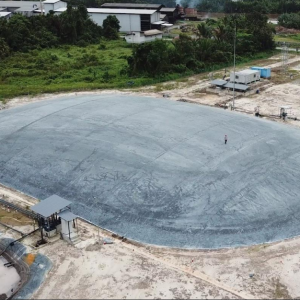GES SYSTEM
GW BIO SYNERGY and its partner develop biogas plant based on GES TECH design system. GES TECH which stands for Gas Efficiency System Anaerobic Digestor is a Bioprocess design for PROVEN high methane capture from organic based waste ragging from palm oil mill effluent, cattle farm waste, sago plant waste etc. with proven running power plants in the country.
GES TECH biogas plants have worked on innovative technology to maximize biogas production and reducing COD/BOD to a minimum with minimum cost. GES TECH systems are highly refined, purpose-built, and robustly engineered to meet the needs of individual application. They are far more ADVANCED than conventional covered anaerobic lagoons, and they outperform other bulk volume digestor technology.
GES TECH
BIOGAS SYSTEM

GES TECH DIGESTER systems can be used to treat and recover energy from a wide range of industrial, agricultural, semi solid and liquid wasters.

Very much low operation cost.

GES TECH systems are flexible, very robust and provide a long term environmentally sustainable solution to many waste problems.

The higher retention time allows for complete digestion of the oil & grease present in sludge as well as dead bacteria cells.

High Biogas yield and conversion of COD ( > 85%).

Large Biogas storage, reservoir for continuous gas engine feed.
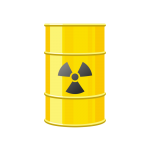
Non corrosive as compared to tank systems.

Automated cleaning and desludging operation.

Systems covered with UV stabilized Geomembrane (HDPE) with a life cycle of at least 8 years for the geo-membranes. The Inground reactor can last at least 20 years.

Ease of construction and erection of the biogas plant.
GES TECH
PROCESS
“GES” process is based on the concept of conversion of organic matter into biogas. The process of conversion of organic matter into biogas occurs through a group of bacteria.
In “GES” process, which is a high-rate process, anaerobic digestion takes place in the mesophilic range of temperature, 36 – 40 Celsius. The pH inside the reactor is usually kept around 7.2 while proper ratio of volatile acid and alkalinity is maintained.
The following three stages are involved in the process of anaerobic digestion:

HYDROLYSIS
In the process of hydrolysis the complex molecular compounds i.e. polymers are converted into the simple molecular form i.e. monomers.

ACIDOGENESIS
The monomers so formed at the end of hydrolysis process are converted into volatile fatty acids. Acetic acid forms the major portion of volatile fatty acids. The process of conversion of monomers into acids is carried out by a group of anaerobic bacteria known acid formers.

METHANOGENESIS
Acids produced at the end of Acidogenesis process are converted into carbon dioxide and methane gases. The process of conversion of acid into gases is carried out by group of anaerobic bacteria known as methane formers.
GES PROJECT
MALAYSIA
GW BIO SYNERGY and its partners have been directly and indirectly involved in more than 200 bioremediation projects past 15 years of corporation in the region of Southeast Asia.
Under Bio-Energy Projects, the company have been working on co developing bio-engineering for waste treatment via power generation.
